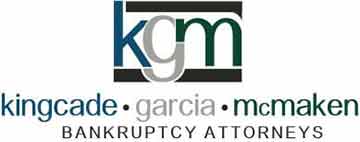According to the Federal Reserve Bank of New York, the total amount of household debt here in the U.S. at the end of 2016 was $12.58 trillion. If this seem like an incomprehensible number, consider that just last week this same branch of the Federal Reserve released a report indicating that this number grew to $12.7 trillion during the first three months of 2017, surpassing 2008’s pre-recession levels.
While these macro-level discussions of household debt can prove unnerving for most anyone, serving as a sort of a reminder of their own micro-level responsibilities, it’s always important for people to understand that there are effective strategies for addressing most types of debt.
For example, our blog has previously discussed how those facing considerable levels of credit card debt can consider pursuing either the debt snowball method or the debt avalanche method.
In keeping with these efforts, today’s post will discuss some simple steps that experts indicate consumers can take to help get auto loans and even other personal loan debt under control.
If you have reason to doubt how big of an issue auto loans are for Americans, consider that they comprised close to 9 percent of all household debt, roughly $1.1 trillion, during the first quarter of 2017.
Confirm the details
Familiarize yourself with the terms of the loan, confirming everything from the interest rate and payment options to the existence of any early payment penalties.
Talk to the lender
If you originally secured the loan when your credit was less than stellar, you might consider contacting the lender to request a lower interest rate, as it will mean more money going toward the principal.
This is a more viable option, say experts, for those who have been making regular payments and seen their credit history/score improve.
Reconsider your payment schedule
If you are on firm financial footing, experts indicate that it may be worthwhile to consider contacting the lender to inquire about making biweekly payments instead of monthly. That’s because roughly 26 payments per year versus only 12 will result in the loan — and its interest — coming off the books sooner than later.
It’s imperative for those who find themselves unable to manage any kind of debt despite their best efforts to understand that they do have viable options for securing a fresh start.


